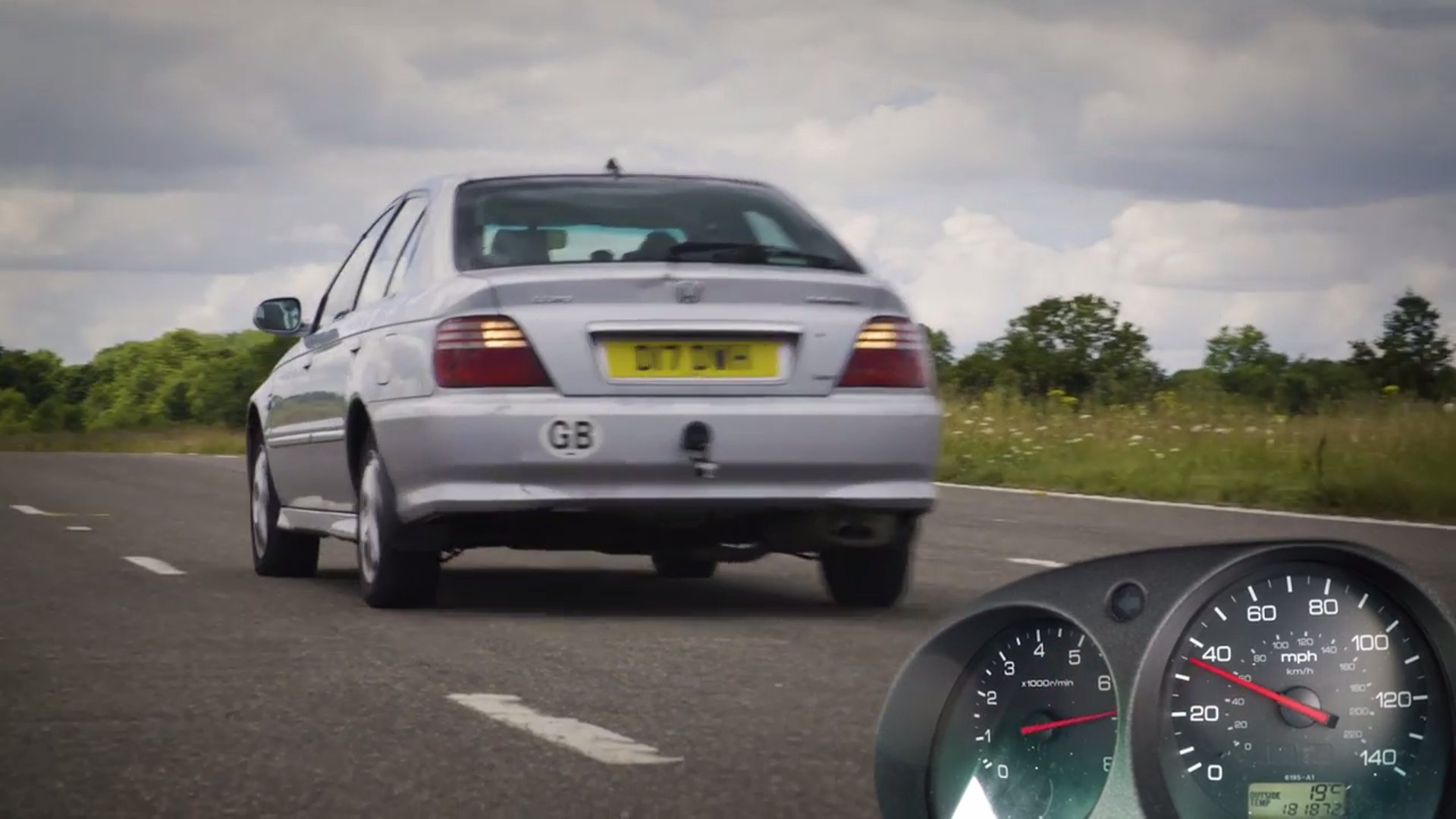

V-TEC, or Variable Valve Timing & Lift Electronic Control, is the secret sauce behind every Honda’s alleged claim to performance fame. But what exactly is this magic go-fast mode that kicks in (yo) when you really floor it? And more importantly, can you activate it in reverse?
CarThrottle got their hands on a 1999 European-spec Honda Accord 5-Door and set out on an abandoned airfield to answer both questions. Before the reverse experiment, they put together a pretty neat animation that clearly shows the brilliant engineering that went into designing the first mass-market variable valve system.
At its core, V-TEC is about balancing performance and efficiency. We all know that an engine needs more air to work harder and faster, and that too much oxygen at low speeds and RPMs leads to a rough, inefficient ride. Conversely, an engine with a camshaft (or two) and valves that are timed to let in less air will run smoother on the low end but won’t generate that delicious top-end power – you know, like the kind you want when you just need to teach someone a lesson.
To solve this problem, Honda’s engineers figured out how to insert a second set of larger cam lobes and self-adjusting rocker arms into the existing architecture, essentially creating a Hi-Lo setting for the engine. When you mash the gas and zoom past 4,500 RPM, a hydraulically-driven pin locks the rocker arms together and allows the larger cam lobes to lift the valves higher and deliver more power. The engine note also changes dramatically. V-TEC has officially kicked in.
And while there are countless videos of people on YouTube flooring it in their Honda Civic and marveling that the engine is responding like it’s supposed to, CarThrottle question of the reverse V-TEC has gone unanswered thus far. So does it work? Watch and find out:
